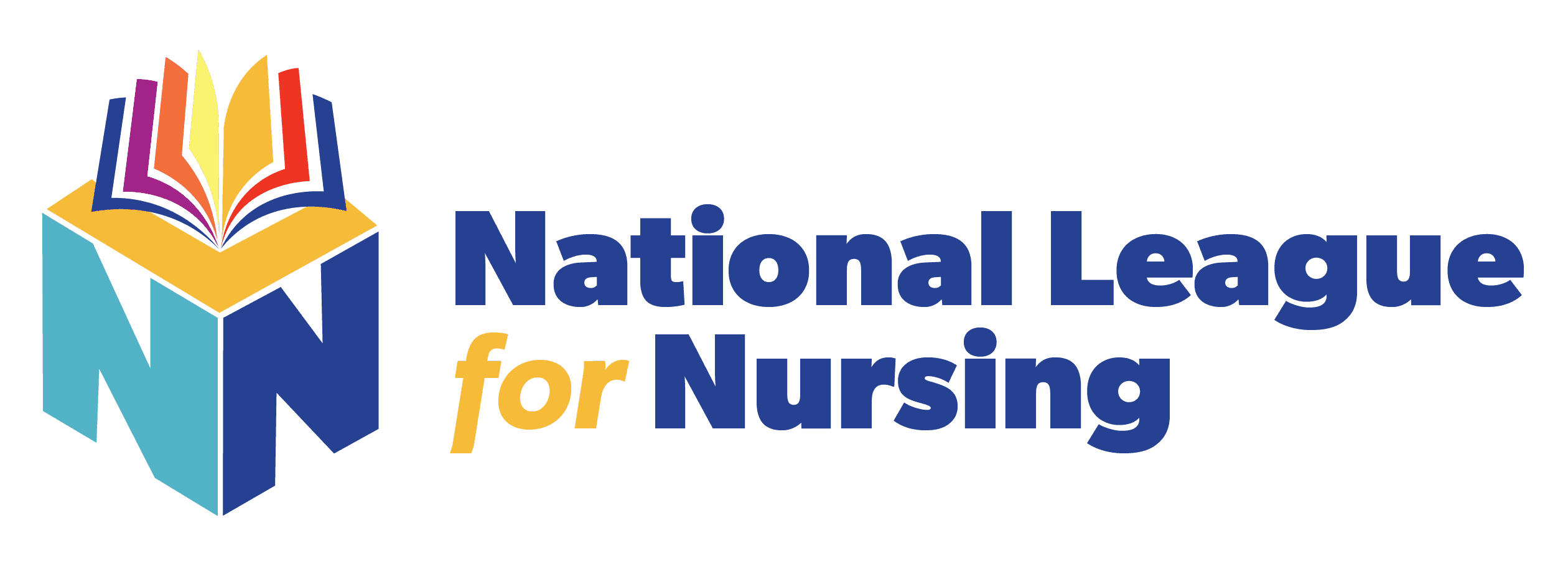Preventing Non-Ventilator-Associated Hospital-Acquired Pneumonia (NVHAP) With Oral Care
All hospitalized patients are at risk for non-ventilator-associated hospital-acquired pneumonia (NVHAP), which affects one in every 100 hospitalized patients. NVHAP causes increases in mortality, length of stay, costs, and readmissions (Munro et al., 2021). The National Oral Care Initiative in the Veterans Health Administration is titled HAPPEN, which stands for Hospital Acquired Pneumonia Prevention by Engaging Nurses. The HAPPEN team instituted an Oral Care Protocol to decrease the incidence of NVHAP. The protocol showed an immediate drop in hospital-acquired pneumonia rates and a reduction in associated health care costs in VA facilities implementing this program. Based on these data, the VA is now implementing the HAPPEN program in all 155 VA hospitals nationwide. In September 2021, the Joint Commission issued a Quick Safety advisory to address the importance of NVHAP prevention measures by educating patients, health care professionals, and students and encouraging researchers to develop new strategies for NVHAP surveillance and prevention.
The HAPPEN protocol encourages patients, nurses, and nursing assistants to practice consistent oral hygiene as a nursing intervention to aid in the prevention of hospital-acquired pneumonia. The protocol shifts nurses’ beliefs regarding oral care from a comfort measure to an essential infection control best practice. Providing consistent oral care 2 to 4 times a day may decrease the risk of NVHAP by 40 to 60 percent (Baker & Quinn, 2018).
This teaching strategy offers guidelines for faculty to prevent NVHAP by integrating oral health into the care of veterans and persons with disabilities. It incorporates some of the ACE.D Knowledge Domains and ACE.D Essential Nursing Actions into student learning experiences. (See Suggested Readings below for references.)
Preventing Non-Ventilator-Associated Hospital-Acquired Pneumonia (NVHAP) With Oral Care
Download all files for this teaching strategy
Learning Objectives
Students will:
- Describe the rationale for integrating oral health into overall health for persons with disabilities.
- Discuss factors leading to oral health disparities in patients with disabilities.
- Identify nursing interventions to assist persons with disabilities to maintain optimum oral health status to prevent NVHAP.
- Describe the impact of the HAPPEN protocol on costs and quality outcomes.
- Discuss the impact of nursing leadership and research on changing clinical practice.
Learner Prework
Students will:
- Review the Oral Care Protocol for Acute Care Hospitals figures.
- Watch VA video “Healthy Teeth, Healthy You” https://www.youtube.com/watch?v=9wT-jx3E1wU.
- Become familiar with the HAPPEN program by listening to Shannon Munro, PhD, APRN-BC, FNP, describe the program on the Delivering More, Together podcast:
Episode #6: Project HAPPEN and Diffusion. Available through your favorite podcast app.
- Review the following article about the HAPPEN initiative: Stevenson, L., Munro, S., Klocko, R., & Sayre, G. (2023). A mixed-methods evaluation of the national implementation of the Hospital-Acquired Pneumonia Prevention by Engaging Nurses (HAPPEN) initiative. Infection Control & Hospital Epidemiology, 44(3), 384-391. doi:10.1017/ice.2022.99. https://www.cambridge.org/core/journals/infection-control-and-hospital-epidemiology/article/abs/mixedmethods-evaluation-of-the-national-implementation-of-the-hospitalacquired-pneumonia-prevention-by-engaging-nurses-happen-initiative/EFE30889B944DED25572133017A9C027
Suggested Learning Activities
- Based on episode six of the podcast Delivering More, Together, students will discuss the impact of nursing leadership and research evidence on changing clinical practice.
- Delivering More, Together #6: Project HAPPEN and Diffusion.
- Based on the Oral Care Protocol for Acute Care Hospitals approved by the American Dental Association and the Oral Health Toolkit, students will develop a written oral care plan to prevent NVHAP for the following patients with disabilities
- Self-Care Patient
- Assistance Needed Patient
- Dependent Care Patient
- Patient with Dentures
- Each article by Shannon Munro and colleagues below describes part of the research conducted to provide the evidence to bring this program to practice. Have each student choose one of the articles to read for an in-class discussion on how a nurse can
lead the translation of research evidence to practice.
- Munro, S.C., Baker, D., Giuliano, K.K., et al. (2021). Nonventilator hospital-acquired pneumonia: A call to action. Infection Control and Hospital Epidemiology, 42(8), 991-996. https://doi.org/10.1017/ice.2021.239
- Munro, S., & Baker, D. (2018). Reducing missed oral care opportunities to prevent non-ventilator associated hospital acquired pneumonia at the Department of Veterans Affairs. Applied Nursing Research, 44, 48-53. doi: 10.1016/j.apnr.2018.09.004
- Munro, S., Haile-Mariam, A., Greenwell, C., Demirci, S., Farooqi, O., & Vasudeva, S. (2018). Implementation and dissemination of a Department of Veterans Affairs oral care initiative to prevent hospital-acquired pneumonia among nonventilated patients. Nursing Administration Quarterly, 42(4), 363-372. doi: 10.1097/NAQ.0000000000000308.
- Munro, S., Phillips, T., Hasselbeck, R., Lucatorto, M.A., Hehr, A., & Ochylski, S. (2022). Implementing oral care as a nursing intervention to reduce hospital-acquired pneumonia across the United States Department of Veterans Affairs healthcare system. CIN: Computers, Informatics, Nursing, 40(1), 35-43. doi: 10.1097/CIN.0000000000000808
- Have students read these press releases and discuss their implications.
- The Joint Commission, to address NVHAP has issued a new Quick Safety Advisory, “Preventing non-ventilator hospital-acquired pneumonia.”
- VA Press Release, March 2021: VA-led coalition embarks on combined effort to prevent hospital acquired pneumonia in U.S. hospitals https://www.va.gov/opa/pressrel/pressrelease.cfm?id=5630
Suggested Reading
Baker, D., Giuliano, K. K., Thakkar-Samtani, M., Scannapieco, F. A., Glick, M., Restrepo, M. I., Heaton, L. J., & Frantsve-Hawley, J. (2023). The association between accessing dental services and nonventilator hospital-acquired pneumonia among 2019 Medicaid beneficiaries. Infection control and hospital epidemiology, 44(6), 959–961. https://doi.org/10.1017/ice.2022.163
Baker, Dian. Hiding in Plain Sight: The Most Harmful and Costly Hospital-Acquired Infection. Infection Control Today. https://www.infectioncontroltoday.com/view/hiding-plain-sight-most-harmful-costly-hospital-acquired-infection
Holst, Annette and Baker, Dian. A Roadmap to Address Risk Factors of Non-Ventilator Hospital-Acquired Pneumonia in Hospitals. Infection Control Today. https://www.infectioncontroltoday.com/view/roadmap-address-risk-factors-non-ventilator-hospital-acquired-pneumonia-hospitals
Author Information
Judith Haber, PhD, APRN, FAAN
Oral Health Nursing Education and Practice Program (OHNEP)
NYU Rory Meyers College of Nursing
New York, NY
Jessamin Cipollina, MA
Oral Health Nursing Education and Practice Program (OHNEP)
NYU Rory Meyers College of Nursing
New York, NY
Erin Hartnett, DNP, PPCNP-BC
Oral Health Nursing Education and Practice Program (OHNEP)
NYU Rory Meyers College of Nursing
New York, NY


